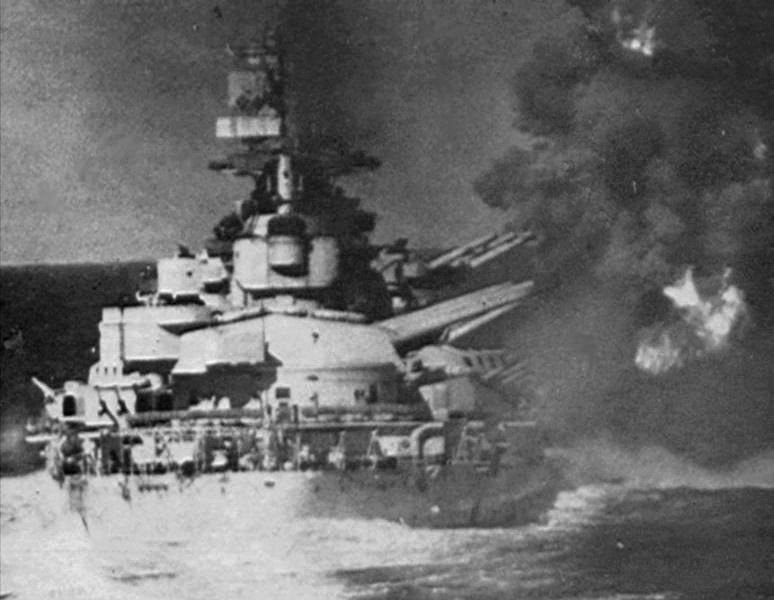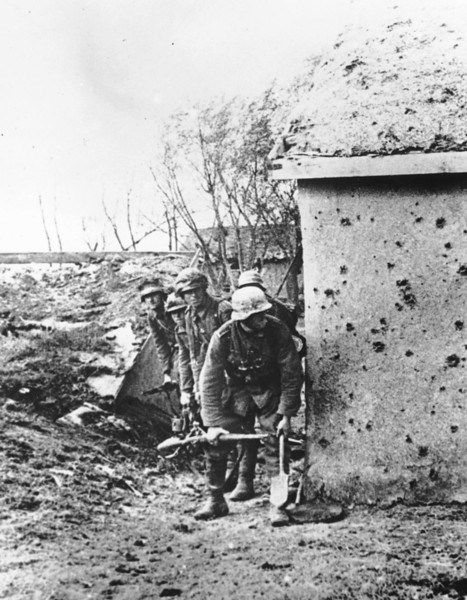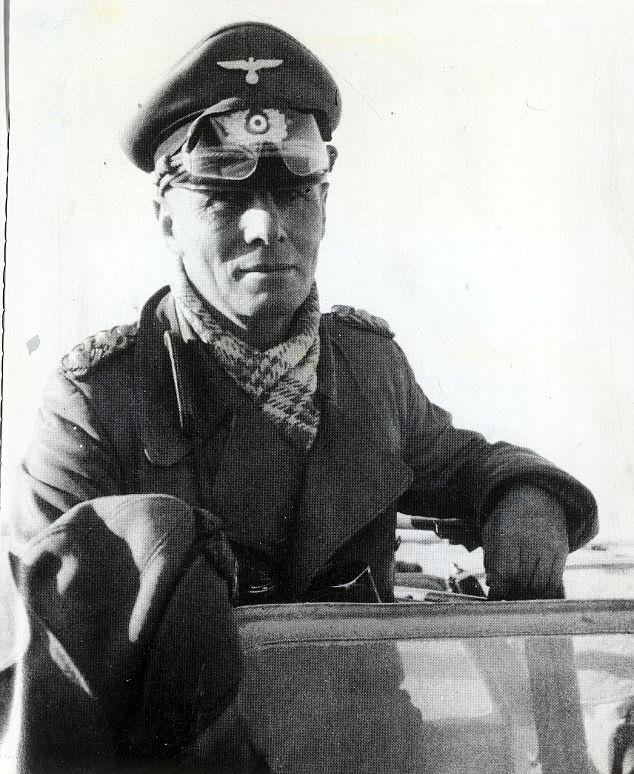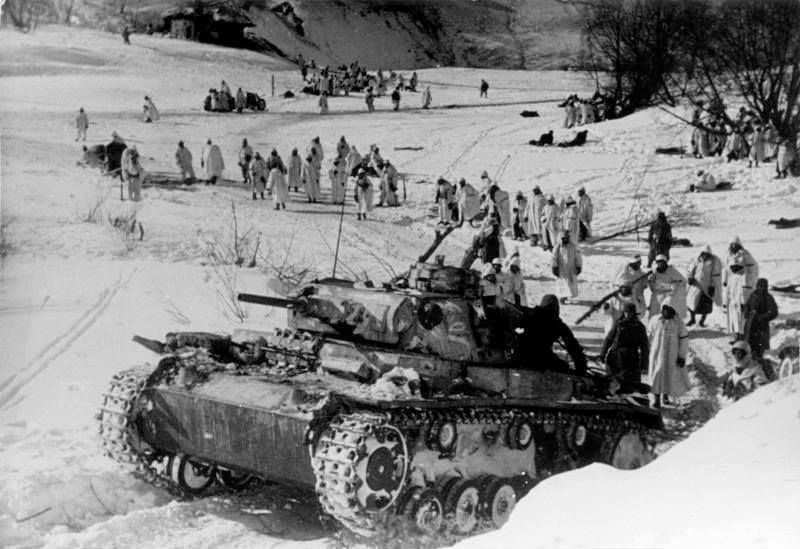March 28, 1941. Battle of Cape Matapan
In late March 1941, as British ships of the Mediterranean Fleet covered troop movements to Greece, Mavis Batey, a cryptographer at Bletchley Park, made a breakthrough, reading the Italian naval Enigma for the first time. The first message, the cryptic “Today’s the day minus three,” was followed three days later by a second message reporting the sailing of an Italian battle fleet comprising one battleship, six heavy and two light cruisers, plus destroyers to attack the merchant convoys supplying British forces. As always with Enigma, the intelligence breakthrough was concealed from the Italians by ensuring there was a plausible reason for the Allies to have detected and intercepted their fleet. In this case, it was a carefully directed reconnaissance plane.
At the same time, there was a failure of intelligence on the Axis side. The Italians had been wrongly informed by the Germans that the Mediterranean Fleet had only one operational battleship and no aircraft carriers. In fact the Royal Navy had battleships, while the damaged British aircraft carrier (HMS Illustrious) had been replaced by HMS Formidable.
On 27 March, Vice-Admiral Pridham-Wippell, with the cruisers HMS Ajax, HMS Gloucester, HMS Orion and HMAS Perth and a number of destroyers, sailed from Greek waters for a position south of Crete. Admiral Cunningham with HMS Formidable, HMS Warspite, HMS Barham and HMS Valiant left Alexandria on the same day to meet the cruisers.
On 28 March, 150 miles west of Crete, an IMAM Ro.43 floatplane launched by Vittorio Veneto spotted the British cruiser squadron at 06:35. Italian cruisers Trieste, Trento and Bolzano close in and open fire at 08:12 from 13 miles without success, then battleship Veneto joins in at 10:55 from 14 miles but cause little damage to 4 Allied cruisers as the Italians experienced trouble with their rangefinding equipment. Torpedo bombers from HMS Formidable attack Veneto at noon and again at 15:09, hitting a propeller and causing flooding which stops her for 90 minutes. Admiral Cunningham immediately orders the Mediterranean fleet to close on the damaged Italian battleship. Torpedo bombers from HMS Formidable and from Crete (815 Squadron) attack at 19.36, crippling Italian cruiser Pola. Cruisers Zara and Fiume remain to help Pola while Vittorio Veneto and the other ships run for cover at Taranto. After dark, battleships HMS Barham, HMS Valiant and HMS Warspite close to 2 miles unnoticed by the Italian ships (which have no radar). They open fire at 23:30, sinking 2 Italian cruisers Fiume and Zara and 2 destroyers Alfieri and Carducci while destroyer Oriani escapes with heavy damage.
Photo: The battleship Vittorio Veneto firing upon the Allied cruisers during the action off Gavdos



















